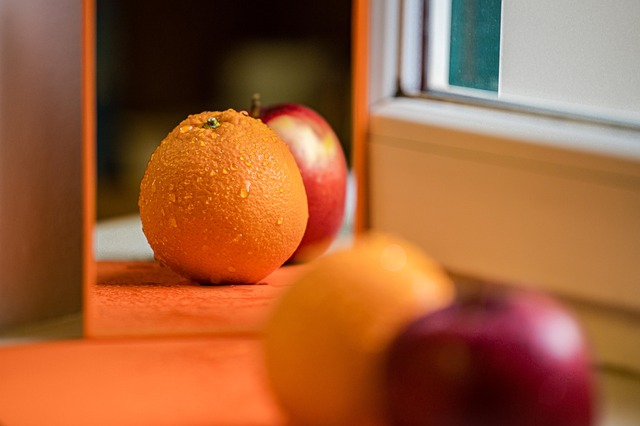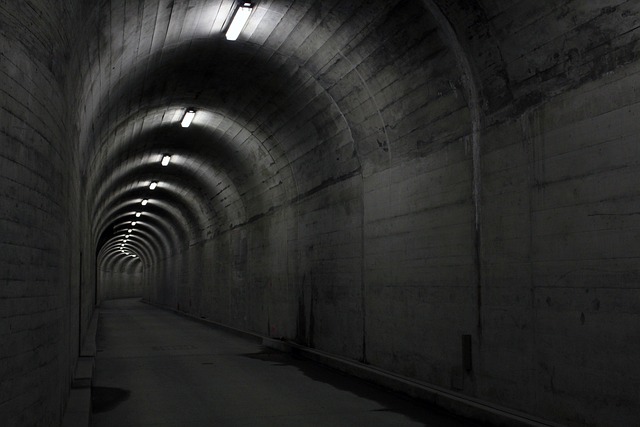In recent years, social installations have emerged as a powerful medium within the realm of fine arts, allowing artists to engage deeply with cultural narratives and provoke thoughtful dialogues. These immersive artworks invite viewers into a shared space where the boundaries between art and life blur, creating a rich tapestry of experiences that resonate on both personal and collective levels.
At the heart of social installations lies the idea that art is not merely an object to be observed but an experience to be lived. Artists like Christo and Jeanne-Claude, Yayoi Kusama, and Ai Weiwei have utilized this form to transform public spaces into vibrant stages where cultural issues are manifested and explored. By doing so, they invite community participation and initiate conversations that challenge societal norms and provoke critical thinking.
One of the most compelling aspects of social installations is their ability to reflect and shape culture. These artworks often address pressing social issues such as immigration, identity, and community solidarity. For instance, Ai Weiwei’s Sunflower Seeds” invites viewers to reflect on mass production, while also honoring the individual within the collective. The interaction it demands from participants transforms the installation from a mere exhibition into a social commentary that resonates with broader cultural themes.
In the context of installation art, the viewer becomes an integral part of the artistic process, allowing for a unique dialogue that extends beyond the artwork itself. This aspect fosters a communal experience where shared emotions and ideas can flourish. As participants navigate the physical space, they are encouraged to engage with their surroundings and with each other, fostering a sense of belonging and collective identity.
The cultural perspective of social installations isn’t limited to the themes they depict; it also encompasses the environments they inhabit. Public spaces like parks, streets, and abandoned buildings become canvases where art meets life. This interplay challenges traditional ideas of where art belongs, making it accessible to a broader audience. As viewers step into these spaces, they are often struck by the familiarity and poignancy of the messages conveyed, reminding us all of our shared humanity.
Moreover, social installations play a pivotal role in documenting and responding to cultural shifts. In today’s fast-paced world, where social media dominates and attention is fleeting, artists are using installations to create lasting moments that encourage reflection. These works can serve as catalysts for change, stirring emotions that inspire participants to act within their communities. Whether it’s through raising awareness about climate change or advocating for social justice, the impact of these installations often reverberates far beyond the gallery walls.
As we continue to explore the significance of social installations within the fine arts, it becomes clear that they are much more than artworks; they are vital cultural touchstones. They challenge us to question our surroundings, engage with one another in meaningful ways, and ultimately, to recognize the power of art in shaping our societies. It is within these dynamic and interactive experiences that we can find a profound connection to culture and community, fostering a deeper understanding of ourselves and the world around us.




